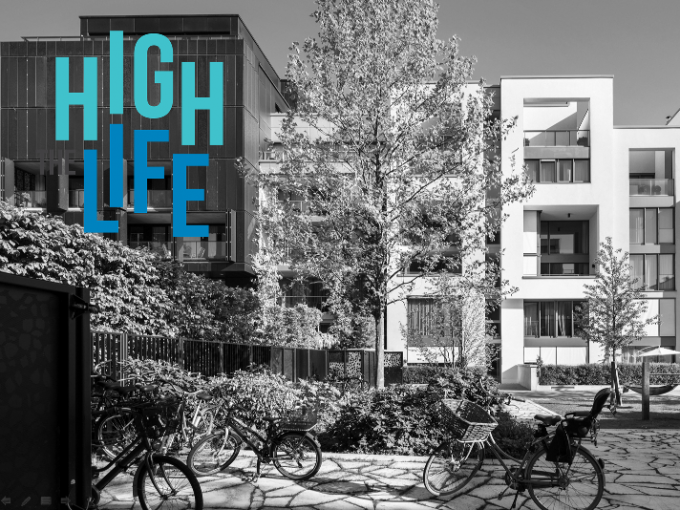City Know-hows

Evidence and data are not widely used to plan healthier cities through urban planning. Indeed research has not produced an extensive standardised assessment able to engage the transdisciplinary nature of the relationship between population health and urban settings.
Our study introduces and reviews how the built environment and its relation to population health are assessed in the literature. We did this by identifying methodological shortcomings and research potentials that need to be addressed jointly. Our assessment aims to undertake multiple health issues in an integrated manner, and identify priorities within the city whereby health is a primary goal.
Share
Target audience
Public health officers, city planning officers and large organization or institution that can coordinate multiple actors or access to broad datasets.
The problem
While we want to shape cities to be healthier, data and evidence are not widely used to support health integration of health in planning. Indeed, research in urban health fields did not produce yet a standardised approach to assess urban environments concerning its multiple impacts on health jointly, despite the latter are commonly accepted.
What we did and why
We focussed on the diagnosis of the city since an essential step to integrate health in planning. We introduce and review protocols of assessment in scientific studies about the relationship between urban environments and population health, to identify limitation, shortcomings and potentiality to be addressed together and finally drive broad assessment to support healthier interventions. The aim is to undertake multiple health issues jointly, identify priorities within the city and undertake health as a primary goal.
Our study’s contribution
Adequate appraisal of cities could allow the identification of priorities with equity within the city and display conflicts and synergies among urban health issues, as well as between alternative solutions. The evaluation of the urban forms is not detangled by health measurements which can generate new solution adapted to local exigencies and also monitor the effectiveness of interventions. However, precise data and approaches are needed to contextualise how urban environments influence health.
Impacts for city policy and practice
Acknowledge the complex nature of urban health should not lead to inaction but rather a transdisciplinary effort to integrate health in the process of planning. Therefore it is crucial to understand how and where urban characteristic brings health benefits or hazards. This article gathers gaps and potentials to be addressed by transdisciplinary agents that could benefit from adequate extensive assessment of the healthiness of the urban environments.
Further information
Full research article:
How healthy is the built environment? Challenges and paradigms for measuring urban health by Andrea Salmi, Jérôme Chenal and Remi Jaligot.
Related posts

Our study investigated whether apartment dwelling and building design attributes influenced residents’ housing satisfaction in the initial stages of the COVID-19 pandemic. Multivariate models showed that residents’ perceptions of their apartment’s internal space and layout and the thermal comfort it afforded them in winter were independently associated with increased housing satisfaction.

The global COVID-19 pandemic, with its associated issues of isolation, enhanced hygiene practices and contact tracing brought up a number of issues to the public domain, many of which bordered on the nexus between urban planning and public health. We examine how new ideas concerning the linkages between urban planning and public health revealed by the COVID-19 crisis can be integrated into practice and how we might leverage this knowledge to build more just, healthier and liveable cities.

Urban planners, economists, health and community policymakers and practitioners share insights in a new study on creating healthy food environments using urban planning policy and governance levers.